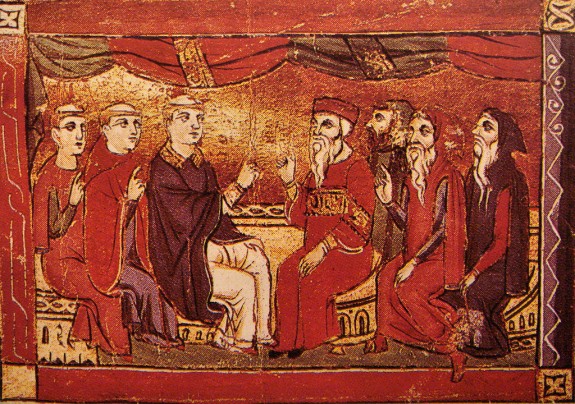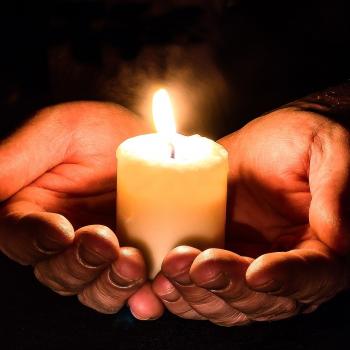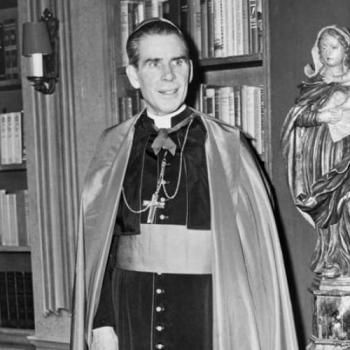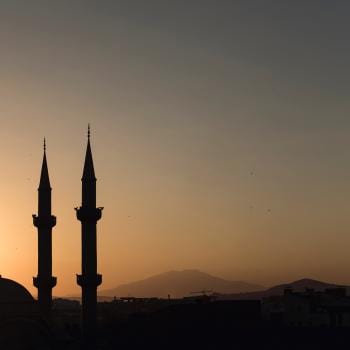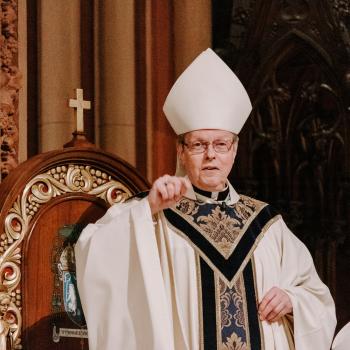For some their perception of the world is based on what surrounds them, such as the foods they eat, the clothes they wear and for Catholics, how they celebrate their religion.
A first of its kind initiative by the College of the Holy Cross called Catholics & Cultures is hoping to make the understanding of how ordinary lay Catholics across the world celebrate and practice their faith easier and more accessible to research for students, scholars and anyone interested in the subject.
“Most Catholics experience faith from a single cultural lens, and would be surprised at how different Catholic life looks in many other countries and cultures,” said Holy Cross professor Thomas M. Landy, director of the Rev. Michael C. McFarland, S.J. Center for Religion, Ethics and Culture. “From street processions to shrines in the home, charismatic worship styles and liturgical chants lasting hours, to fasting, burial and devotion rituals influenced by Buddhist, Muslim or indigenous cultures, these are the untold stories of the Catholic experience.”
But those accounts, some not seen by many, are now being displayed on the Catholics & Cultures website, www.catholicsandcultures.org. It is free to all users and contains scholarly articles from professors across the globe, videos, photographs and demographic data. Students and professors from Holy Cross documented and researched these practices first-hand as they conducted research.
From the Catholics and Cultures website, one example, describing the Catholic liturgy in Ethiopia:
Like Orthodox, Ethiopian Catholic liturgy lasts very long – typically two, but sometimes three hours, and its action focuses in particular on the clergy, deacons and assistants on the altar. (In the video on this page, there is a full complement of priests, deacons, and lector, plus the archbishop; in parish settings there might be only two celebrants.) The primary attitude is reverence and worship, not community-building in a post-Vatican II Euro-American sense. Interestingly, though Ethiopian culture tends to look down on ostentation, the clergy are dressed splendidly during liturgy. The style of vestments are more Orthodox than Roman.
The Catholic liturgical year, like the Orthodox, is organized around the traditional Ethiopian church calendar that derives from the ancient Coptic calendar and the Julian (pre-Gregorian) Roman calendar.
Whereas the Orthodox tend to receive communion primarily as children or in old age (and apparently refrain during years of sexual activity, including for married people), Ethiopian Catholics are happy to explain that the Eucharist is more accessible for them.
Women at Catholic liturgies usually sit separately from men, a pattern that is more strictly held in Orthodox churches, which have different entrances for men and women. At Catholic churches, families might sit together, or women might mix, but as one woman reported, “I have never seen any man who joined the women’s side. Never. I go to many Catholic churches… If the places are full, it is the women who join the men’s side.”
While the Ethiopian Catholic rite entails a good deal of clerical movement around the altar, plus standing, kneeling, singing, and simple gestures by the faithful, it is a liturgy that is fairly restrained in the scope of its movement. Adherence to form is important. Catholics in Addis Ababa, the Ethiopian capital, express discomfort with the dancing and freer movement that they see in more southern African liturgies, including the liturgies of some southern Ethiopian peoples. From a northern Ethiopian point of view, these are described as too “sexual” and unrestrained. One notable exception to that restrained quality is the tendency of women to ululate at moments of approval and welcome in the liturgy. Several Ethiopians suggested that this is something that middle age and older women tend to do, that younger women are less comfortable with.
Though not observed directly for this project, many of the southern peoples of Ethiopia, from ethnic groups conquered by Ethiopia in the 19th century, are said to have a much different ideal for worship, involving more movement and celebration than would be found in the dominant national forms. Most of these peoples are converts from animist traditions in the last century.
Read more. And you can watch a video below. There’s a rich treasure trove of material about liturgy and various cultures and so much more at the website. Check it out. Fascinating stuff—and a reminder that our Catholic heritage and tradition is richer and more varied than we may realize.
Image: Debate between Catholics and Oriental Christians in the 13th century, Acre 1290. Via Wikipedia.

